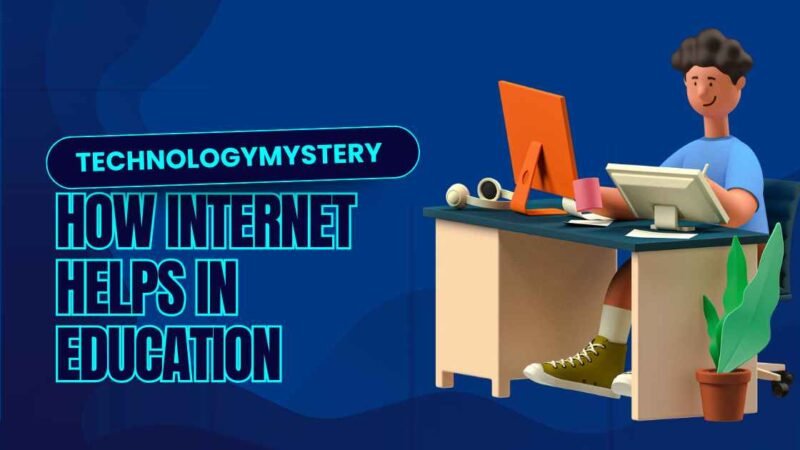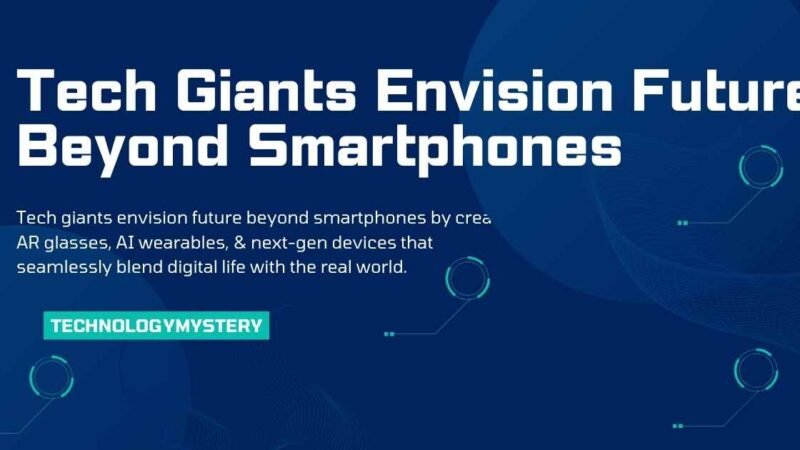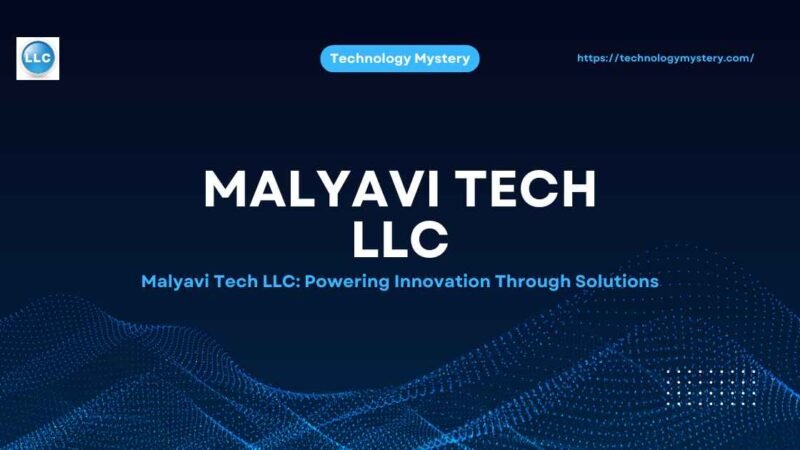ChatGPT 5 vs GPT-4: The Ultimate AI Showdown for 2025

Introduction – The Duel of Digital Titans
Imagine two master chefs in the world’s busiest kitchen. GPT-4 has been serving up dishes for years — precise, reliable, and universally loved. Then comes ChatGPT 5, the ambitious newcomer, with new spices, faster cooking, and a knack for reading the customer’s mood.
This is the battle between GPT-4 and ChatGPT 5 — not just an upgrade, but a face-off between two generations of artificial intelligence that are reshaping how humans work, learn, and create.
The stakes? Our workflows, creativity, and even how we understand knowledge itself.
Defining the Concept – What We Mean by “ChatGPT 5 vs GPT-4”
The phrase ChatGPT 5 vs GPT-4 is about comparing two AI language models built by OpenAI — both powerful, both transformative, but designed with different strengths.
- GPT-4: Released in March 2023, known for balanced accuracy, safety, and broad knowledge.
- ChatGPT 5: Released in 2025, designed to push the limits with longer memory, faster processing, and real-time adaptability.
In practical terms, GPT-4 feels like a brilliant librarian who can answer almost any question you ask. ChatGPT 5 feels like a personal mentor who remembers your past questions, adapts to your style, and even predicts your next move.
Origins and Philosophical Background
GPT-4 was built during a period when the AI industry was focused on stability, safety, and universal usability. Its architecture prioritized balanced reasoning and reduced hallucinations.
ChatGPT 5’s philosophy is different: it’s about deep adaptability. OpenAI aimed for a model that could:
- Handle longer context windows (up to 100k+ tokens).
- Maintain memory across sessions for personalized assistance.
- Integrate real-time data sources via APIs.
If GPT-4’s philosophy was “be the best generalist,” ChatGPT 5’s philosophy is “be the smartest collaborator.”
Technical Evolution – Under the Hood
While OpenAI hasn’t disclosed every detail, user testing and developer notes suggest:
- Training Data Cutoff: GPT-4 stops at Jan 2023; ChatGPT 5 extends to May 2025.
- Model Architecture: GPT-4 is transformer-based; ChatGPT 5 likely incorporates optimized attention mechanisms for long-form reasoning.
- Reasoning Improvements: GPT-4 handles logical problems well; ChatGPT 5 can manage multi-step reasoning chains without losing track.
- Memory Mode: GPT-4 forgets once a chat ends; ChatGPT 5 can persist data (with user consent).
Real-World Applications in Multiple Sectors
The differences between these models are not just theoretical — they play out in the real world.
1. Business and Productivity
- GPT-4: Excellent for writing reports, drafting proposals, summarizing meetings.
- ChatGPT 5: Adds real-time market analysis, integration with CRM tools, and context-aware strategy suggestions.
Example: A marketing team uses GPT-4 for content drafts, but ChatGPT 5 for campaign optimization with live social media metrics.
2. Education
- GPT-4: Generates lesson plans, explains concepts, and provides practice quizzes.
- ChatGPT 5: Functions as a persistent tutor — remembers a student’s progress, weaknesses, and preferred learning style.
Example: A language learner can practice daily with ChatGPT 5, which remembers vocabulary learned last week and adjusts lesson difficulty.
3. Healthcare
- GPT-4: Summarizes research papers and provides general explanations.
- ChatGPT 5: Integrates with updated medical databases, giving clinicians latest trial data and treatment guidelines.
Example: A doctor asks ChatGPT 5 about current protocols for a rare condition, and it retrieves the latest peer-reviewed updates.
4. Software Development
- GPT-4: Generates working code and explains it clearly.
- ChatGPT 5: Handles multi-file debugging, remembers earlier project context, and can refactor code across multiple sessions.
5. Creative Industries
- GPT-4: Good at drafting scripts, poems, and creative ideas.
- ChatGPT 5: Maintains narrative consistency across large projects and adapts writing to specific voices.
Case Studies – When GPT-4 and ChatGPT 5 Go Head-to-Head
Case Study 1 – Legal Research
A law firm tests both models for case precedent summaries. GPT-4 provides accurate summaries but needs manual cross-checking. ChatGPT 5 pulls in the latest court decisions and formats the report in the firm’s preferred style.
Case Study 2 – Customer Service
A retail brand uses GPT-4 for templated replies. ChatGPT 5 is integrated into their support system, remembers repeat customers, and offers tailored solutions.
Detailed Feature Comparison Table
| Feature | GPT-4 | ChatGPT 5 |
|---|---|---|
| Training Data | Up to Jan 2023 | Up to May 2025 |
| Context Window | 32k tokens | 100k+ tokens |
| Reasoning | Strong | Advanced multi-step |
| Memory | None (session only) | Persistent (opt-in) |
| Real-Time Data | No | Yes (via APIs) |
| Speed | Moderate | Faster, even with long inputs |
| Safety | Strong moderation | Enhanced moderation |
| Creativity | High | Higher, more coherent |
Future Implications
The leap from GPT-4 to ChatGPT 5 isn’t the last — it’s a glimpse into AI’s trajectory.
Opportunities
- AI that acts as a personal life assistant with years of memory.
- Seamless integration into every digital tool we use.
- Collaboration between AI and humans on massive global challenges.
Risks
- Over-reliance could erode critical thinking.
- Bias remains possible if training data is skewed.
- Privacy concerns grow with memory-enabled AI.
Ethical Considerations
With GPT-4, AI felt like a tool. With ChatGPT 5, it feels like a partner. That shift demands new rules:
- Clear consent for memory use.
- Transparency in how decisions are made.
- Accountability for AI-driven mistakes.
Best Practices for Choosing and Using GPT-4 or ChatGPT 5
- Match Model to Task – Use GPT-4 for stable, accuracy-heavy jobs; ChatGPT 5 for adaptive, evolving work.
- Validate Critical Outputs – Cross-check all important results.
- Control Data Sharing – Limit sensitive information in memory mode.
- Experiment First – Run pilot tests before full adoption.
- Keep a Human in the Loop – Final decisions should still rest with humans.
Conclusion – Evolution, Not Replacement
The GPT-4 vs ChatGPT 5 debate isn’t about one replacing the other.
GPT-4 is the dependable veteran. ChatGPT 5 is the ambitious innovator. Together, they represent the most powerful AI era we’ve seen — one that will only grow more capable.
As with any tool that changes human capability, the real question isn’t which is “better,” but how wisely we will use them.
FAQs – ChatGPT 5 vs GPT-4
1. Which is better for business?
ChatGPT 5 for dynamic analysis; GPT-4 for reliable document creation.
2. Does ChatGPT 5 access the internet?
Yes, with API integration.
3. Is GPT-4 outdated?
No — it’s still a strong, safe choice for many uses.
4. Can ChatGPT 5 remember me?
Yes, if you enable memory mode.
5. Which is faster?
ChatGPT 5 is faster, especially with long or complex queries.









